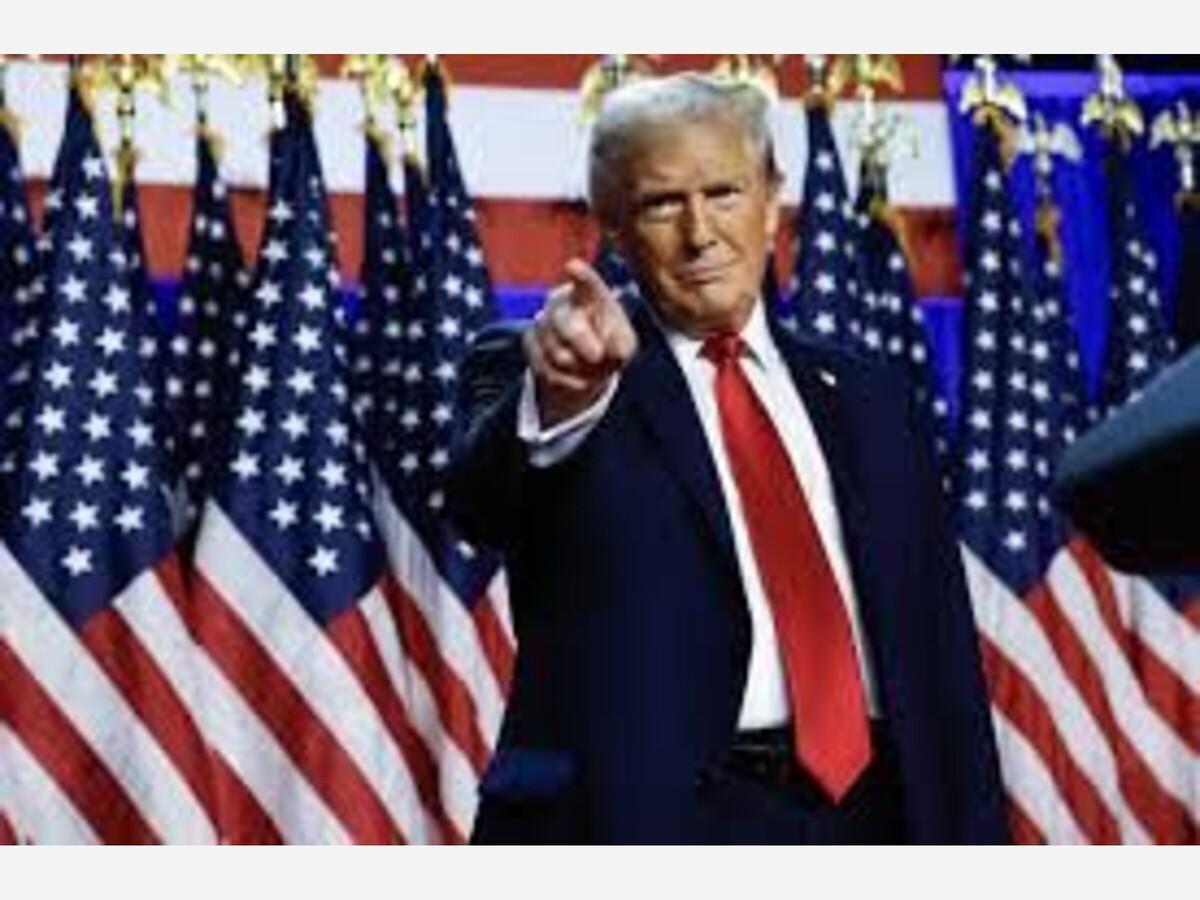Image


President Donald Trump has reinstated and expanded a sweeping travel ban, barring entry into the United States for nationals from twelve countries and imposing partial restrictions on seven others. The proclamation, signed Wednesday night, marks a return to one of the most debated policies of his first term and is set to take effect at 12:01 a.m. on Monday.
The full travel ban applies to citizens of Afghanistan, Myanmar (Burma), Chad, Republic of the Congo, Equatorial Guinea, Eritrea, Haiti, Iran, Libya, Somalia, Sudan, and Yemen. In addition, partial restrictions will affect travelers from Burundi, Cuba, Laos, Sierra Leone, Togo, Turkmenistan, and Venezuela. The administration cited national security concerns as the primary motivation, arguing that these countries either lack sufficient traveler screening and vetting procedures, have high rates of visa overstays, or do not cooperate with the United States in accepting deported citizens.
President Trump described the move as a necessary measure to “protect the national security and national interest of the United States and its people.” The decision follows a recent attack in Boulder, Colorado, which officials referenced as highlighting the dangers posed by foreign nationals who have not been adequately vetted. In a video message, Trump emphasized the risks associated with individuals from countries with “deficient” security protocols and high visa overstay rates.
The list of affected nations was compiled after a review ordered by Trump in January, instructing the Departments of State and Homeland Security, along with the Director of National Intelligence, to assess which countries posed a security risk or displayed “hostile attitudes” toward the U.S. The administration claims that the restrictions are “commonsense” and tailored to specific threats, allowing for certain exceptions such as lawful permanent residents, diplomatic travelers, and select humanitarian cases6.
Critics, however, argue that the bans unfairly target large populations based on nationality and, in some cases, religion. They point to the echoes of Trump’s 2017 travel ban, which targeted several predominantly Muslim countries, sparking widespread protests and legal challenges. That earlier ban was eventually upheld by the Supreme Court in a revised form, but was rescinded by President Biden in 2021.
The new ban is expected to have immediate effects on families, students, business travelers, and refugees from the listed countries, many of whom now face renewed uncertainty. The White House maintains that the policy is essential for national safety, while opponents warn of its humanitarian and diplomatic consequences.
As the policy takes effect, its implementation and impact will be closely watched both domestically and internationally, reigniting debates over security, immigration, and America’s role as a destination for people from around the world